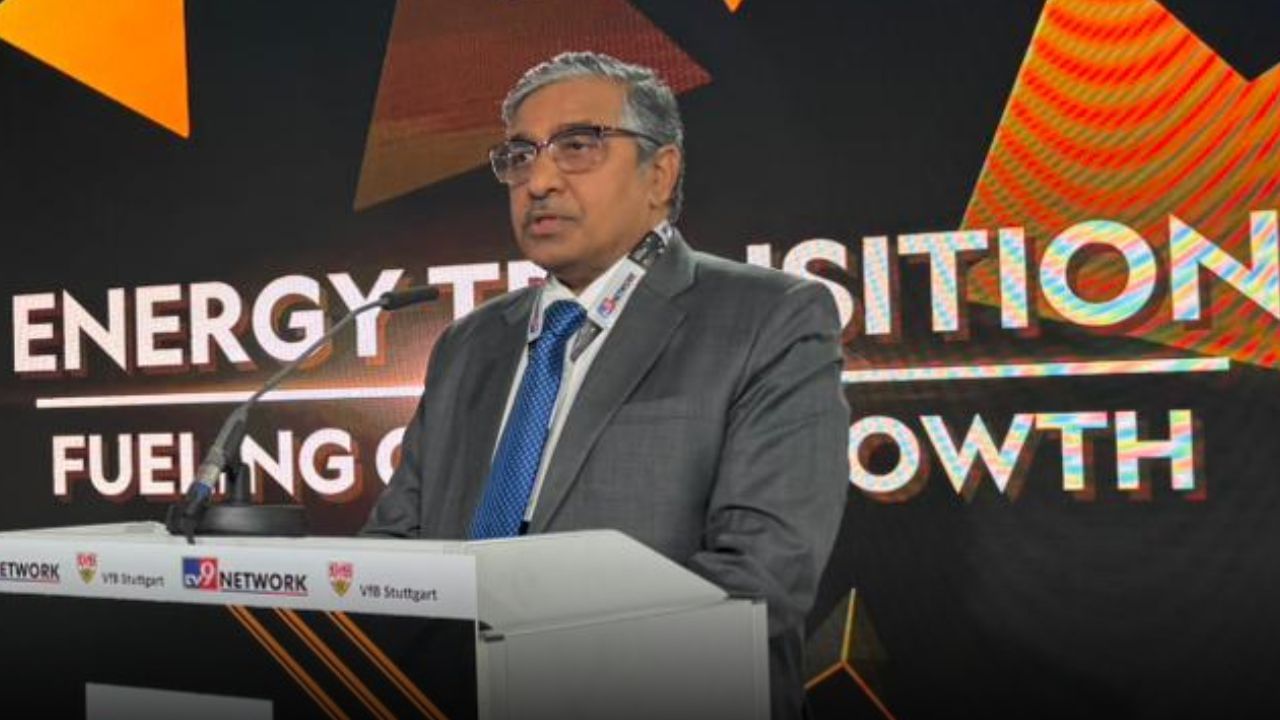The share of public sector companies (PSUs) in India’s total stock market capitalisation has declined to an 11-month low in November amid sharp corrections.
In November, PSU firms accounted for 15.34 percent of India’s total market capitalisation — the lowest since December 2023.
This marks a significant drop from 17.77 percent in May 2024, which was a seven-year high. The combined market capitalisation of 103 PSU firms stood at Rs 66.06 lakh crore in November so far, reflecting a loss of Rs 15.4 lakh crore from its all-time high of Rs 81.38 lakh crore in July. In comparison, their total market capitalisation was Rs 69.31 lakh crore in October and Rs 75.04 lakh crore in September.

More importantly, among the 103 listed PSU firms, five entities have dropped over 50 percent from their recent 52-week highs, while 21 recorded declines of 40-49 percent. Additionally, 40 firms saw their stock prices fall by 30-40 percent, and 24 experienced corrections of 20-30 percent. The remaining 13 firms faced declines between 5-20 percent.
Since its peak, BSE PSU Index fell 17.5 percent while Sensex and Nifty lost nearly 10 percent each. Among PSU stocks, Mahanagar Telephone Nigam led the decliners, plunging over 57% from its recent 52-week high. Cochin Shipyard and Chennai Petroleum Corp followed, down 56% and 55%, respectively. Other significant losers included Garden Reach Shipbuilders and Ind Bank Housing, each shedding 50%, while MSTC and MOIL dropped 49% apiece.
“Yes it is the valuations, which are correcting… and since the economy is also slowing down which is evident in GST collections and slowdown in government spending it is directly affecting the valuations. Incrementally, it will be a stock picker market as both monetary and fiscal support are lacking to provide meaningful support to broad markets,” said Ritesh Jain, founder of Pinetree Macro.
Similarly, Prashant Tapse, Senior VP, Research Analyst, Mehta Equities is of the view that the larger part of the correction in the PSU segment was driven by lower earnings growth in Q2 followed by peaked valuations resulting in profit booking. Incidentally, Q2 earnings were flat to negative against street estimations.
This assumes significance as the PSU sector had a rollercoaster journey over the past two years delivering healthy double-digit returns to investors.
The September quarter earnings of PSUs have largely disappointed, with half of the 100 reporting firms underperforming. Fourteen PSUs posted losses, while 29 saw a year-on-year decline in net profit. Around 20 companies reported only marginal or single-digit sequential growth in net profit. On the operating profit front, 39 firms registered a sequential decline, and 25 reported flat or single-digit growth. Year-on-year, 42 companies experienced a drop in operating profit, with another 14 showing minimal growth.
Tapse believes the current correction reduces the valuation gap between fundamentals and ground reality, which is good for markets. As per his reading PSU Q2FY25 earnings are not in line with street expectations with pressure in operating margins as well as lower PAT margins, which is a matter of concern despite having a healthy order book to execute.





